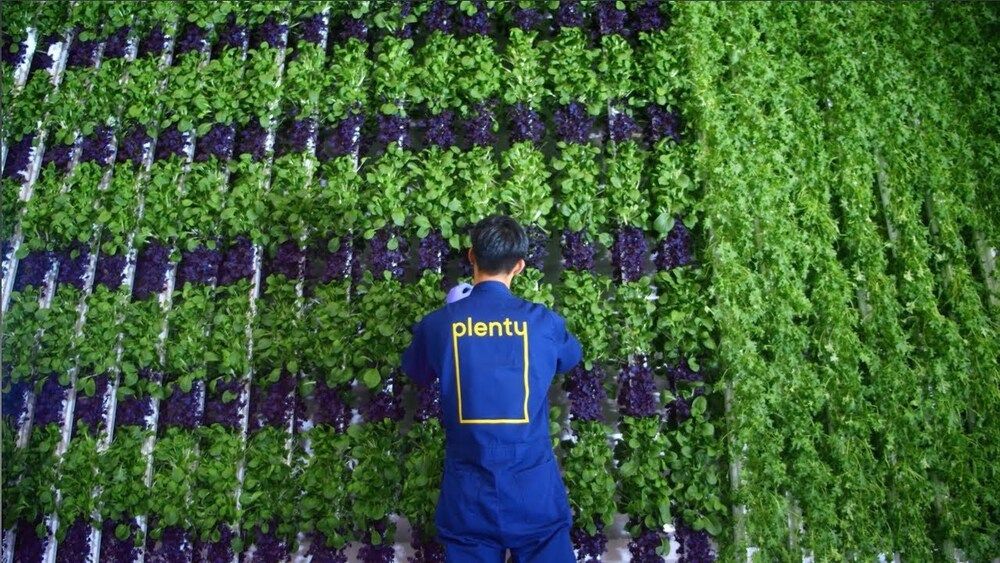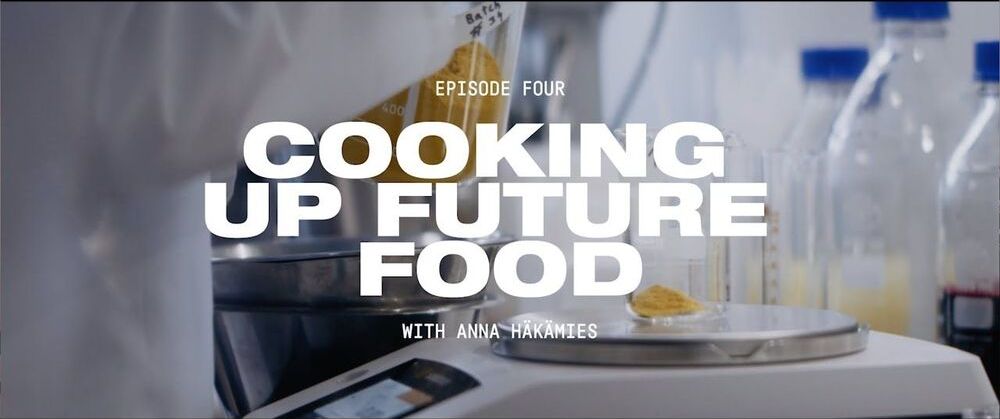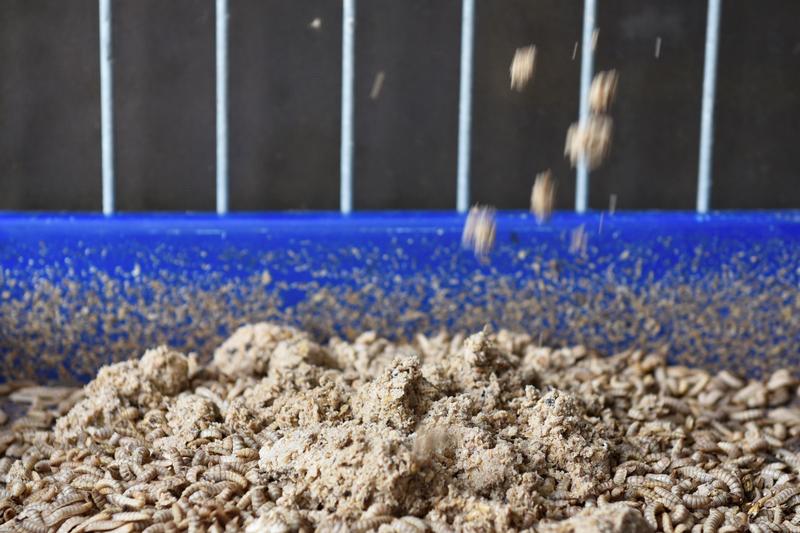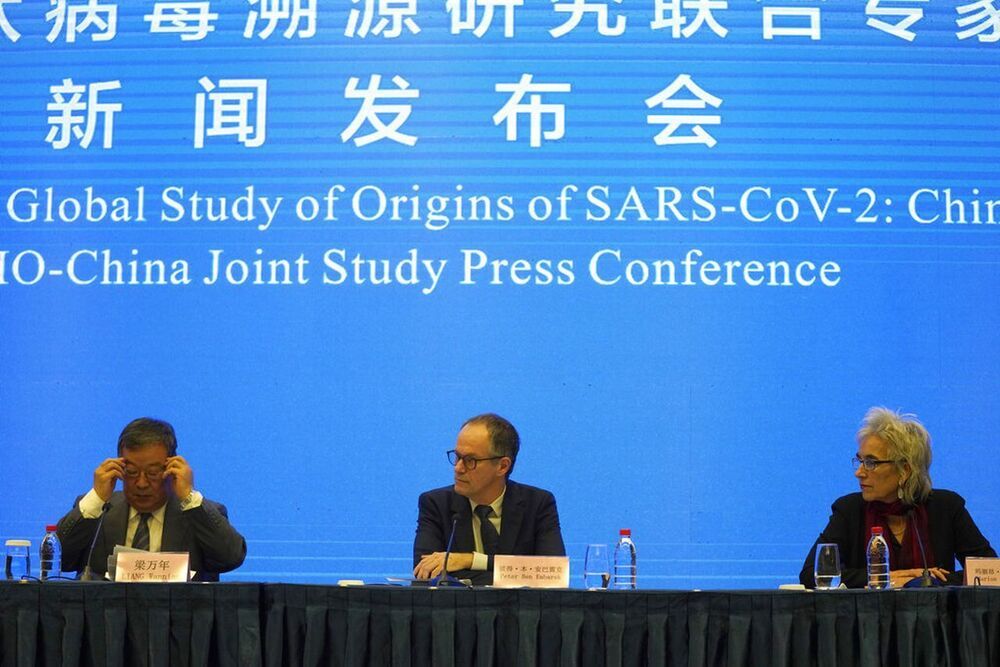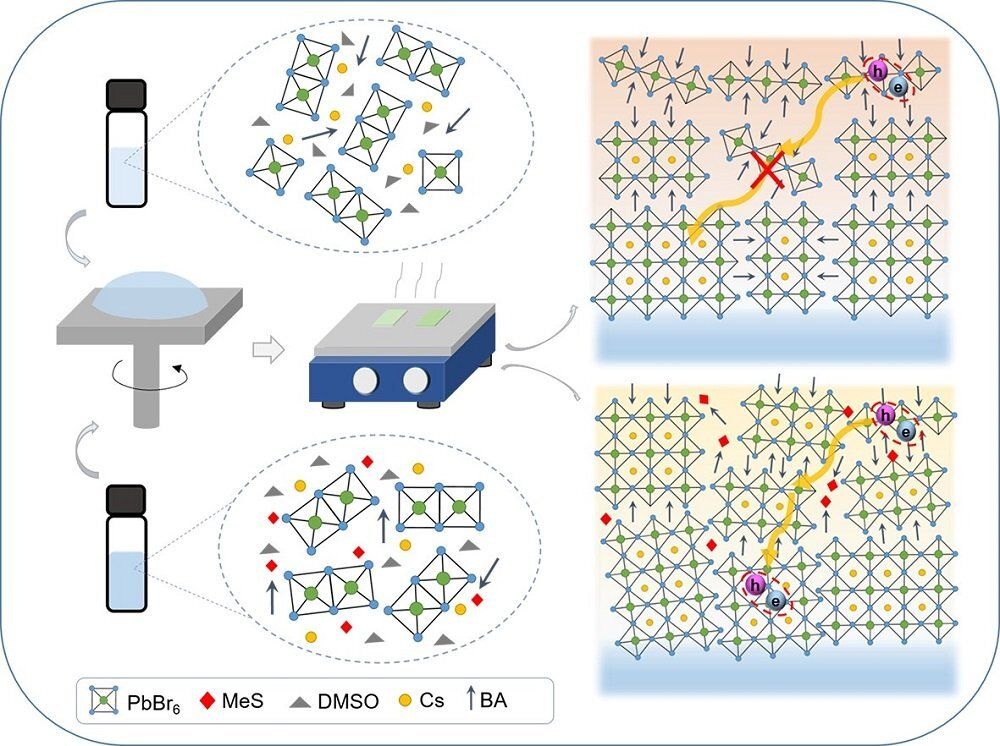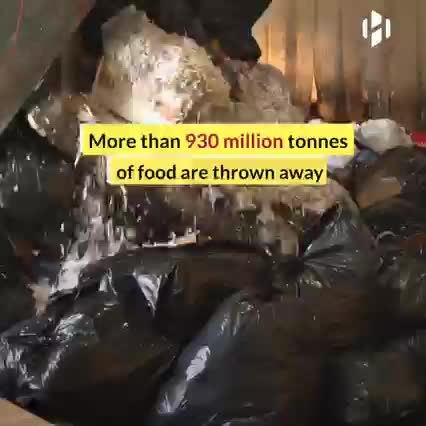Mar 24, 2021
AI-controlled vertical farm produces 400 times more food per acre than a flat farm
Posted by Andrés Grases in categories: food, life extension, robotics/AI, sustainability
Dedicated to those who argue that life extension is bad because it will create overpopulation problems. In adittion to the fact that natality rates are dangerously decreasing in some developed countries, this is only one example of changes that may will take place well before life extension may create a problem of such type, if ever.
Plenty, an ag-tech startup in San Francisco co-founded by Nate Storey, has been able to increase its productivity and production quality by using artificial intelligence and its new farming strategy. The company’s farm farms take up only 2 acres yet produce 720 acres worth of fruit and vegetables. In addition to their impressive food production, they also manage the production with robots and artificial intelligence.
